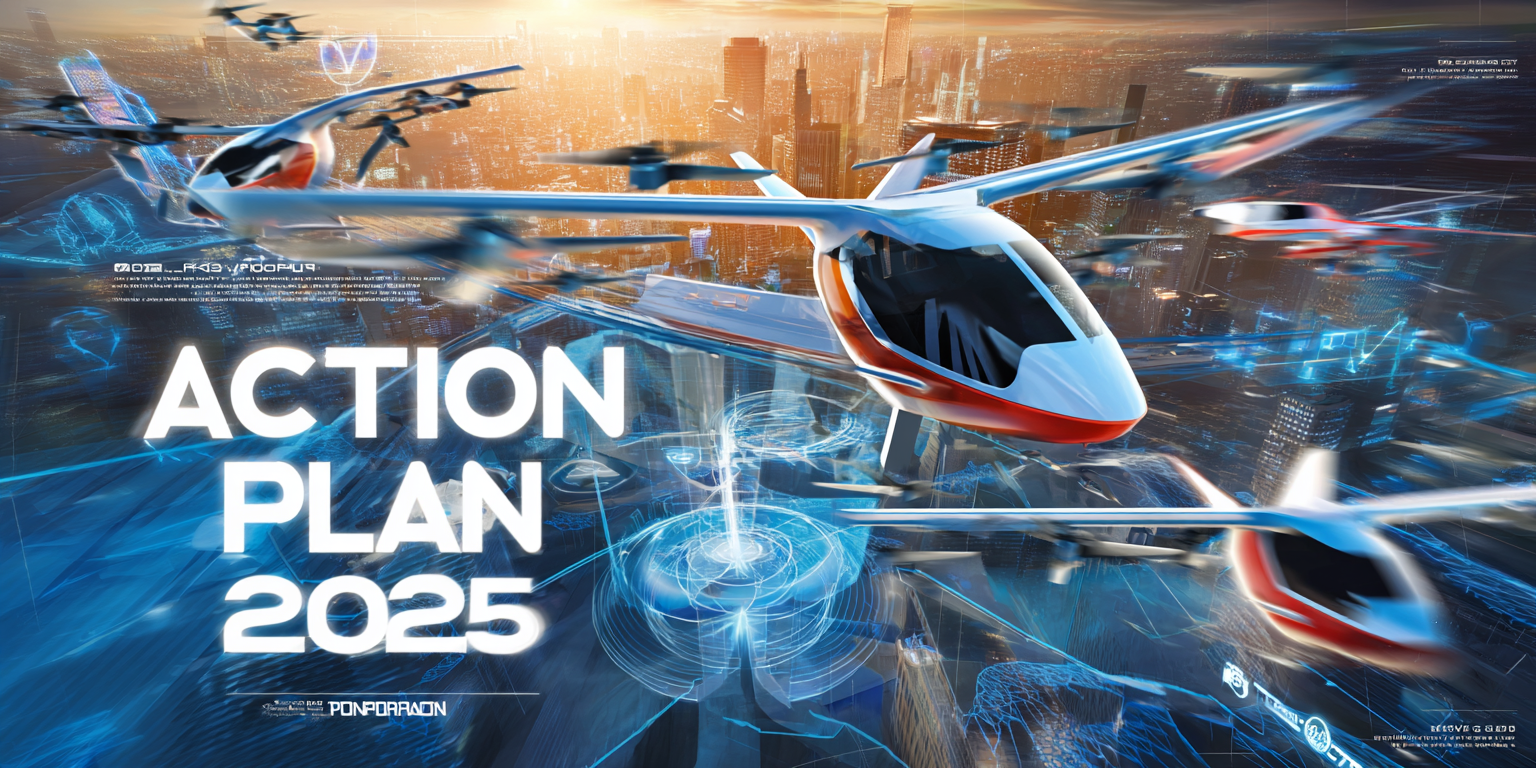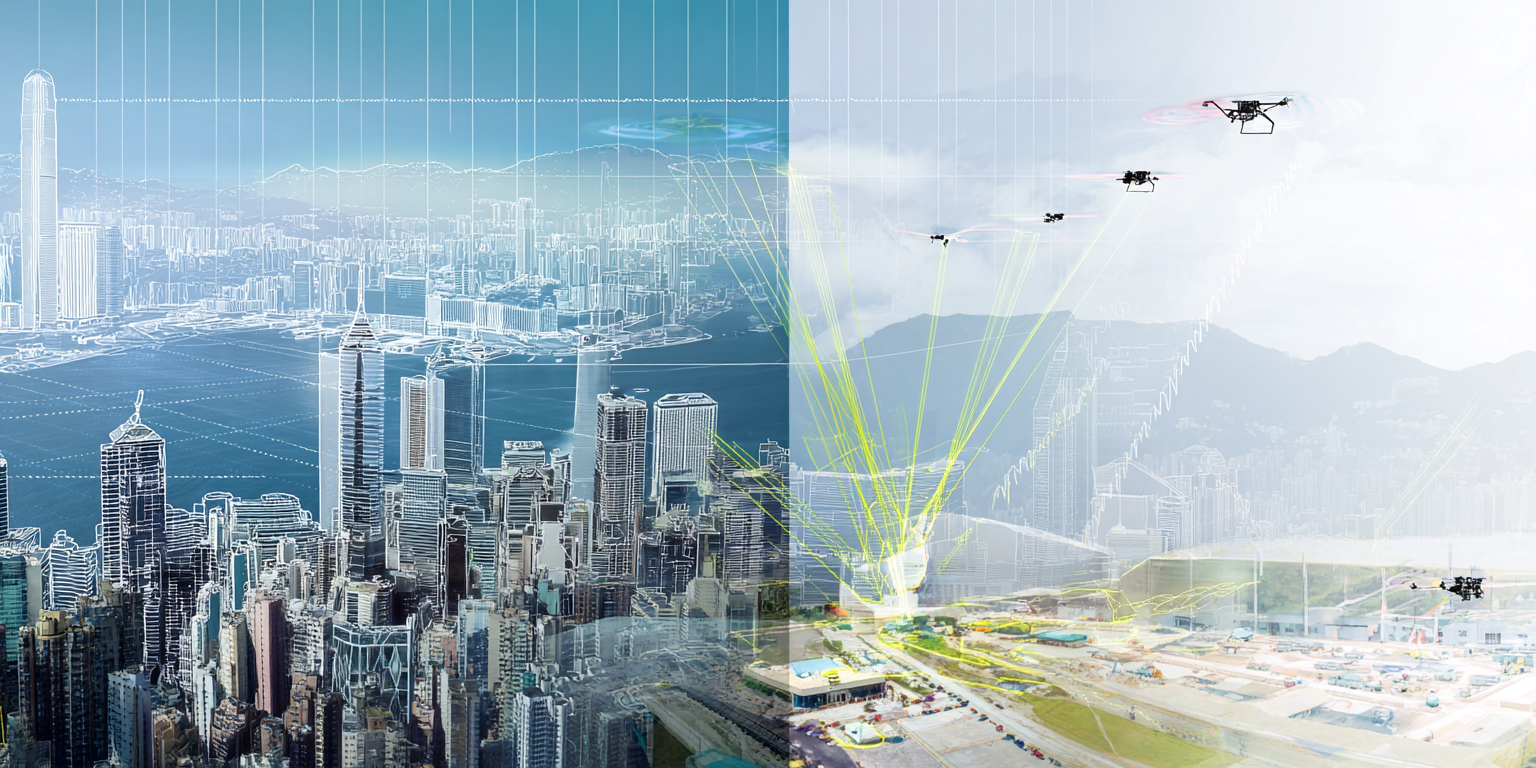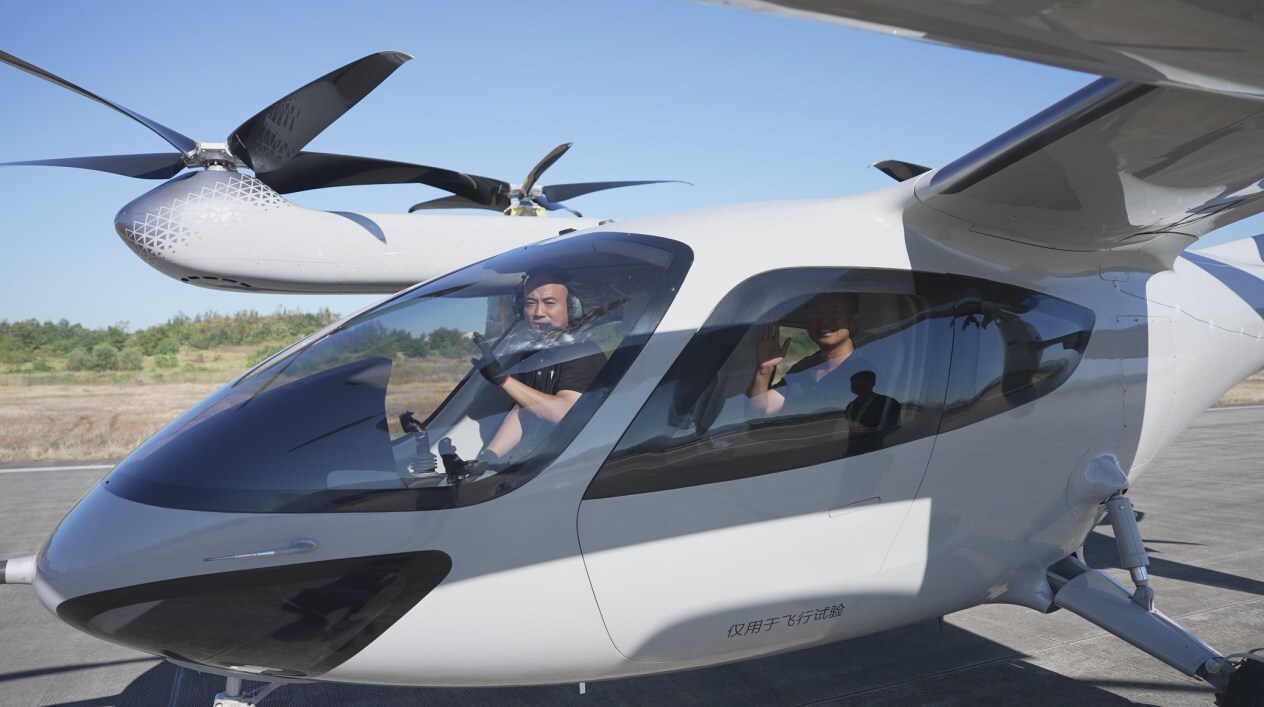The National Renewable Energy Laboratory, on behalf of the Federal Aviation Administration, has released a comprehensive study—a pivotal resource for stakeholders in the eVTOL domain. The detailed research addresses the need for planning, designing, and establishing infrastructure for electric vertical takeoff and landing (eVTOL) aircraft—particularly the requirements for electrical charging at vertiports and vertistops due to the emergence of electric aircraft.
The study sheds light on the anticipated electrical demands at vertiport facilities, including the integration of building loads with distributed energy resources. It presents the intricacies of managing these demands at the megawatt level, emphasizing the necessity of balancing charging infrastructure with energy storage and renewable production.
This summary covers the key points from the Executive Summary and the Introduction, giving an overview of the study's scope, findings, and implications for the future electrification of aviation infrastructure. The complete study, offering detailed exhibits, is available for download here. ![]()
The implications of the study's findings are significant for the stakeholders involved, which include the Federal Aviation Administration (FAA), electric utility companies, potential vertiport site owners, local communities, aircraft manufacturers, and cybersecurity experts.
Here are the detailed implications for these stakeholders:
Electric Utility Companies: The study found that vertiport charging infrastructure substantially increases electrical utility costs due to higher demand charges. Adding electric vehicle supply equipment (EVSE) leads to an increase in monthly peak demand and annual energy consumption, resulting in higher utility bills. For example, one site experienced an approximate 300% increase in Year 1 electricity bills due to EVSE-related costs. This implies that utility companies must prepare for higher peak loads and consider infrastructure upgrades or energy storage solutions to manage the increased demand from eVTOLs.
The study looked at aircraft that fit within a 50 × 50-ft footprint, with DC peak charging power ranging from 300 kW to 1 MW, and they require at least 5% of onboard energy capacity for takeoffs. Most aircraft are considering ground-based liquid cooling during charging, with none considering battery swapping.
The report further details the need for grid impact analyses, as increased demand from eVTOL charging can cause undervoltage situations or overload distribution lines and transformers, indicating a need for grid infrastructure upgrades or energy storage installations.
The study identified opportunities for on-site solar photovoltaics (PV) and battery storage to support energy goals like cost savings and clean energy targets. GHG emissions were calculated based on energy consumption with and without eVTOL charging demand, using a mix of current and renewable energy generation.
Additionally, the economic impacts of Urban Air Mobility electrification indicated significant contributions to local GDP and job creation, particularly in New Jersey and New York.
Vertiport Site Owners and Local Communities: The NREL team proposed hypothetical vertiport sites for multiple use cases. It contacted potential sites for data on utility usage, electrical drawings, historical energy loads, Green House (GHG) emissions, resilience, cybersecurity, and known hazards. The sites provided annual utility bills, and some gave details about their electrical systems and on-site generators.
The potential sites for vertiports need to consider the impact of increased energy consumption and demand charges on their operating costs. Site owners must weigh the benefits of adopting renewable energy sources and battery storage to mitigate these costs. The implications for local communities include balancing the potential economic benefits of urban air mobility projects, such as job creation and contributions to regional GDP, against the increased demand on local energy infrastructure.
Aircraft Manufacturers: For aircraft manufacturers, the findings underscore the importance of efficient energy use and ground operations. With peak charging power requirements reaching up to 1 MW for some aircraft and the need for ground-based cooling during charging, manufacturers must consider the energy infrastructure as part of the aircraft's operational design.
Federal Aviation Administration (FAA) and Policymakers: The FAA, as the regulatory body, needs to consider these findings when setting policies and guidelines for vertiport operations. The report calls for further collaboration with stakeholders to refine the data and analyses, indicating that policy development must be iterative and responsive to the evolving understanding of eVTOL infrastructure needs.
Cybersecurity Experts: The report found that cybersecurity data was the least complete, Cybersecurity data was the least complete, suggesting the need to protect proprietary details. As eVTOLs and vertiports are expected to rely heavily on digital technologies, cybersecurity will be crucial to ensure the safety and reliability of urban air mobility.
"The Vertiport Blueprint" study serves as a critical navigational chart for the burgeoning eVTOL and vertiport industry, delineating the complex energy landscape that awaits. Its insights into electrical infrastructure pave the way for a sustainable and efficient integration of urban air mobility into our cities' fabric. As we stand on the brink of this aerial evolution, the collaborative efforts of stakeholders, guided by the findings of this comprehensive study, will be instrumental in ensuring that the electrification of Advanced Air Mobility (AAM) Urban Aviation infrastructure is not only visionary but also viable and secure for future generations.
The complete analysis, offering a more detailed exposition, is available for download here. ![]()




